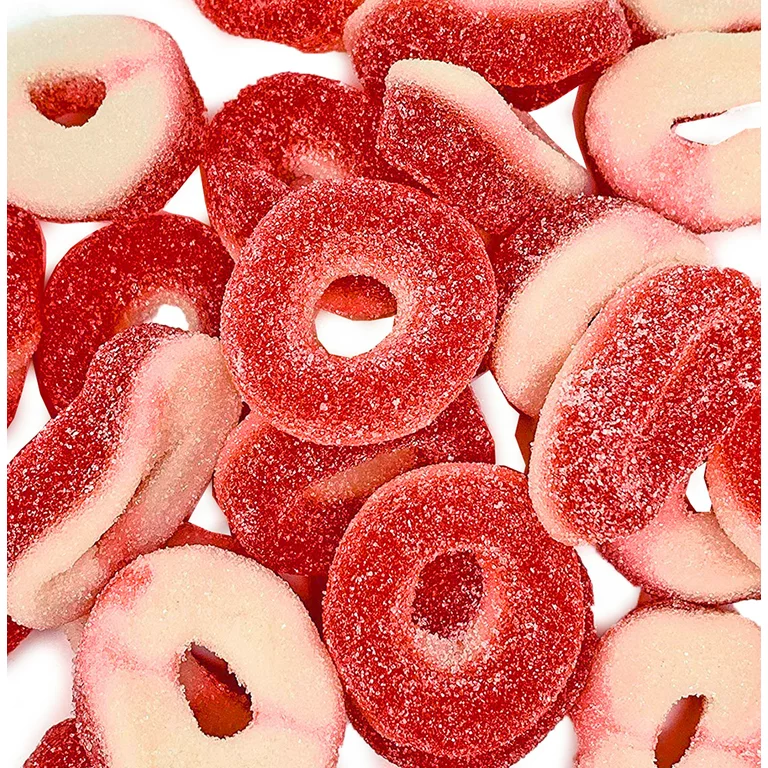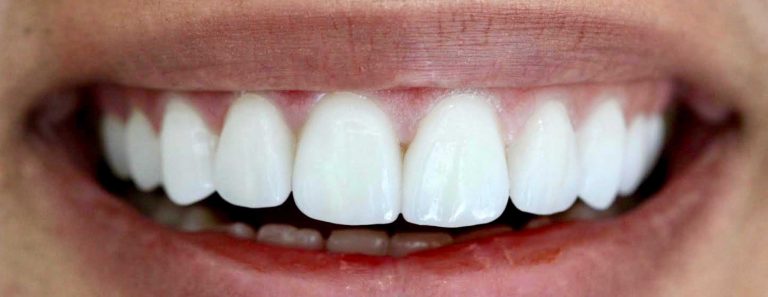Pain relief patches have an adhesive back that sticks to our skin. It is a type of transdermal medication that is slowly released into the bloodstream. These are used to treat both acute as well as chronic pain. Knee pain, back pain, and some other types of pain are treated by the use of these patches. Get to know what is the most effective pain relief patch.
Variety of Pain relief patches
Different types of pain patches are prescribed by the healthcare personnel depending upon the type of pain and the degree of the same. Diclofenac epolamine or ‘Flector’ is used in the case of minor injuries like sprains and strains in muscles and is associated with a few side effects. Lidocaine or ‘Lidoderm’ is usually prescribed to people suffering from postherpetic neuralgia that can last for a longer period of time post-infection. Severe chronic pain is treated by Fentanyl (‘Duragesic’).

Side-effects
Lower degree of irritation or burning sensation is caused after application but it lasts for a short period of time say a few hours only. Nevertheless, different types of patches yield varying degrees of side effects. For example, non-steroidal anti-inflammatory patches like Flector can put you at the risk of cardiac issues and bleeding. Lidocaine patches might lead to anything from redness of the skin and itching, to difficulties in breathing and swallowing. Overdose of the same can worsen the side effects. It is our responsibility to make sure that we ask our health experts regarding the appropriate dose for us.







